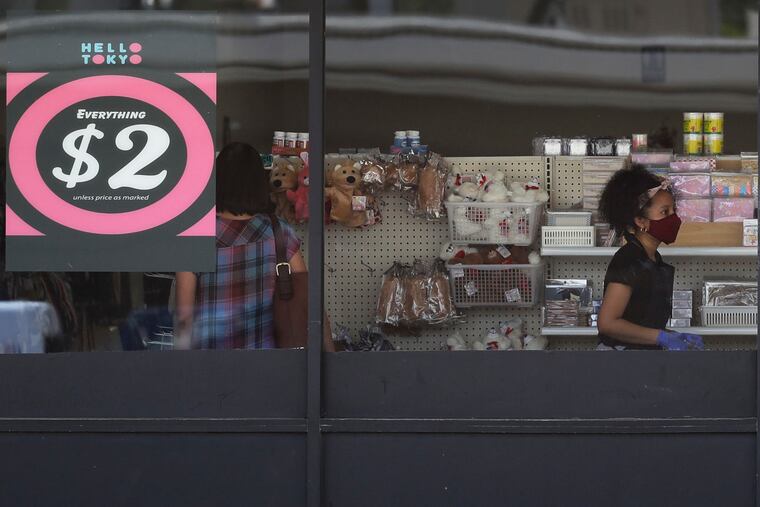PPP reopens its doors this week. Here are 8 things small businesses need to know.
Now that Congress has finally approved a new round of PPP funding, here a guide for small business owners

Now that Congress has finally approved a new round of PPP funding, here a guide for small business owners
